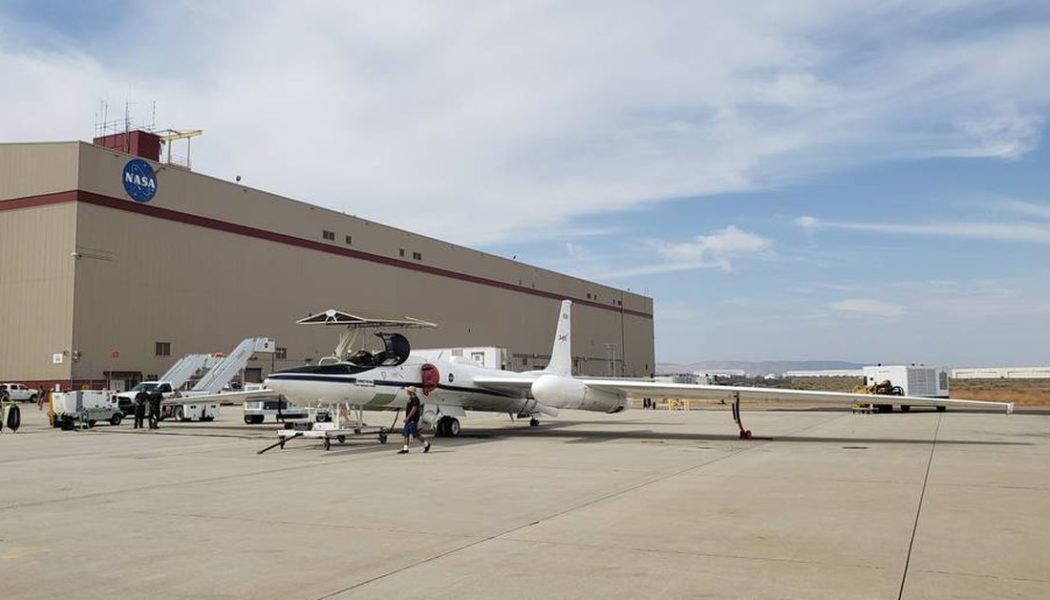/cdn.vox-cdn.com/uploads/chorus_asset/file/24077495/high_altitude_aircraft.jpeg)
NASA and the US Geological Survey plan to deploy aircraft to spot critical minerals buried across the southwest US. They’ll take to the skies to map the minerals, which are crucial to the Biden administration’s plans to build up American clean energy industries.
GEMx is the name of the joint research effort, which will launch with $16 million in funding made possible through the bipartisan infrastructure law, which passed last year. Over the next five years, NASA’s ER-2 and Gulfstream V aircraft will fly over parts of California, Nevada, Arizona, and New Mexico to collect data that could point to where critical mineral resources are most abundant.
Both aircraft will carry a powerful instrument, NASA’s Airborne Visible / Infrared Imaging Spectrometer (AVIRIS), for high-altitude remote sensing. The instrument will measure reflections of light from the Earth’s surface, hyperspectral data that ranges from visible to infrared light. Each mineral reflects light slightly differently, giving it a unique “spectral signature” that can be spotted using these instruments. They’re on the hunt for minerals still in the ground and in mine waste.
Minerals deemed “critical” to the US economy and national security
The goal of the work is to identify the best places to find minerals deemed “critical” to the US economy and national security. The US’s current list of critical minerals includes lithium, nickel, and cobalt, all crucial for making rechargeable batteries, which are used to store renewable energy and power electric vehicles. There’s also tellurium used in solar cells as well as graphite and the rare-earth scandium used in fuel cells — technologies with the potential to produce clean energy.
Global demand for critical minerals is expected to explode over the next few decades as governments work to transition to clean energy economies. An electric vehicle typically requires six times more mineral resources than a gas-guzzling vehicle, for example. Without enough minerals on hand — whether that’s from mining or more recycling, a shortage of these materials could delay clean energy dreams.
The Biden administration has made it a priority to shore up domestic supply chains for clean energy technologies and the materials needed to make batteries, turbines, and solar panels. In March, Biden invoked the Defense Production Act to expand the domestic production and processing of critical minerals used in clean energy industries. The administration has also doled out millions of dollars in funding for mapping, mining, and refining minerals.
Currently, highly sought-after materials used in clean energy are mined and processed in just a handful of countries. The production of materials used in solar panels, for instance, is concentrated in China. That risks supply chain bottlenecks and raises national security concerns, the White House has warned, which is why the government is on the lookout for mineral resources within US borders.









